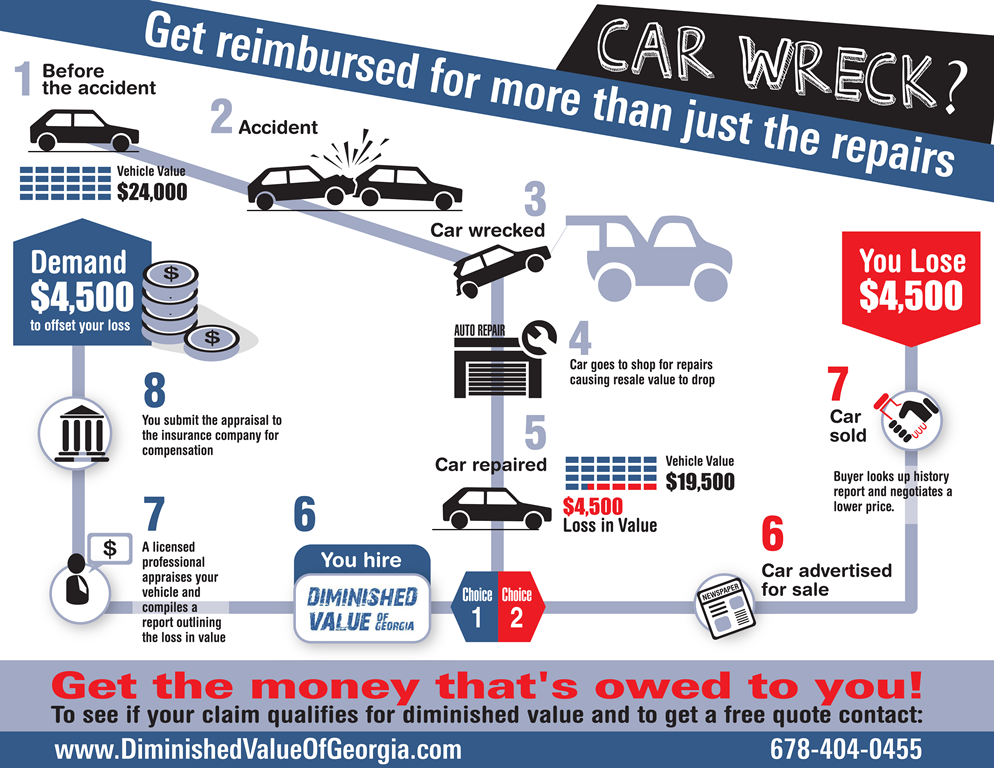Examining Your Automobile'S Warning Indicators: What They Really Share
Examining Your Automobile'S Warning Indicators: What They Really Share
Blog Article
Material Created By-Sykes Dalgaard
When you're behind the wheel, those beautiful warning lights on your control panel can be a little bit perplexing. Do you understand what they're trying to tell you about your vehicle's health and wellness? Comprehending the relevance of these lights is vital for your safety and security and the durability of your car. So, the following time among those lights appears, would not you intend to decode its message properly and take the required actions to resolve it?
Common Caution Lights and Interpretations
Recognize common caution lights in your automobile and comprehend their definitions to ensure secure driving.
One of the most typical warning lights include the check engine light, which signifies issues with the engine or emissions system. If this light begins, it's critical to have your vehicle checked immediately.
The oil pressure advising light shows reduced oil stress, needing instant interest to prevent engine damage.
A blinking battery light could recommend a faulty billing system, possibly leaving you stranded otherwise dealt with.
The tire stress tracking system (TPMS) light signals you to low tire pressure, affecting vehicle stability and gas effectiveness. Overlooking this might result in hazardous driving problems.
The ABS light indicates a trouble with the anti-lock stopping system, compromising your capability to quit quickly in emergencies.
Lastly, the coolant temperature warning light warns of engine overheating, which can lead to extreme damages otherwise settled swiftly.
Comprehending these common caution lights will certainly assist you resolve concerns without delay and maintain secure driving conditions.
Value of Prompt Attention
Understanding the usual warning lights in your car is only the first step; the relevance of promptly addressing these cautions can't be emphasized enough to ensure your safety and security when driving.
When a caution light illuminates on your control panel, it's your cars and truck's means of interacting a potential concern that needs attention. Overlooking these warnings can lead to more extreme problems later on, compromising your safety and security and possibly costing you more in repairs.
Prompt attention to alerting lights can avoid failures and crashes. For instance, a flashing check engine light can indicate a misfire that, if left ignored, could create damages to the catalytic converter. Resolving https://www.localmemphis.com/article/money/memphis-auto-repair-any-more-cars-august/522-0e844f67-891f-4107-b3fc-08ffc18955d1 can save you from a costly repair service.
In a similar way, a brake system alerting light might signify reduced brake fluid or worn brake pads, essential components for your safety when driving.
DIY Troubleshooting Tips
If you observe a caution light on your control panel, there are a few do it yourself troubleshooting tips you can attempt before seeking expert help.
The primary step is to consult your automobile's manual to understand what the details caution light suggests. In some cases the problem can be as easy as a loose gas cap setting off the check engine light. Tightening up the gas cap may settle the issue.
https://oilchangenearme05173.getblogs.net/63751015/an-important-overview-to-the-must-have-devices-in-every-automobile-service-center-unveiling-the-secrets-behind-efficient-lorry-upkeep is a low battery, which can trigger various alerting lights. Inspecting the battery links for rust and guaranteeing they're safe may fix the problem.
If a warning light persists, you can attempt resetting it by disconnecting the automobile's battery for a couple of minutes and then reconnecting it. Furthermore, inspecting your lorry's fluid degrees, such as oil, coolant, and brake fluid, can aid repair warning lights connected to these systems.
Conclusion
Finally, comprehending your auto's warning lights is crucial for maintaining your vehicle running efficiently and safely. By promptly dealing with these alerts and recognizing what they imply, you can avoid costly fixings and potential malfunctions.
Keep in mind to consult your vehicle's handbook for specific information on each warning light and do something about it accordingly to ensure a hassle-free driving experience.
Stay notified, stay secure on the road!
